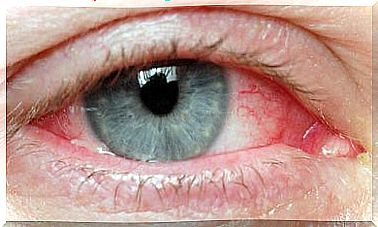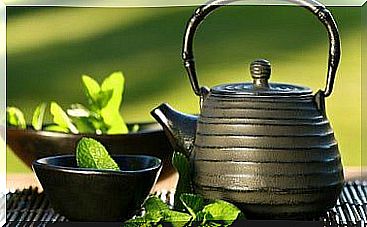Do The Colors Of The House Change The Mood?
Many are the investigations that have been carried out on the colors in any aspect of the life, among them the clothing, the food and the decoration of environments.
Beyond believing or not in Feng Shui, the truth is that psychology has also studied the phenomenon of tones related to mood and even health.
For example, the president of the German Academy for Color Science, Harold Wohlfarth, reported that after changing the walls of a school from orange to blue and white, children’s blood pressure dropped by 17%.
Other studies present physical and psychological changes with color changes in different environments.
Alexander Schauss, director of the American Institute for Biosocial Research, explains that the calming effect of color reduces aggressive behavior and potential violence. Pink is one of the colors that seems to have this effect.
What to know about colors
The perception of colors through the eye is a complex neurophysiological process, which is associated with a physical event of light that causes sensations in people and even in animals.
Basically, they are energy that affects in different ways, producing different moods, although with similar patterns.
Each of the colors has a different meaning:
- White : symbolizes purity, peace, innocence, optimism. It is associated with divinity, stability, harmony and calm.
- Yellow : It always radiates everywhere and above all, it is the color related to sunlight and represents intelligence.
- Orange: it is the color of fire and flames, it symbolizes energy, joy, pleasure and is also related to the sun.
- Red : it is the most exciting. Represents power, energy and vitality.
- Violet: indicates the absence of tension, symbolizes calm, serenity, dignity and self-control.
- Blue : It is a color that conveys serenity, sincerity, harmony, fidelity, and trust.
- Green : it is hope, nature, it is the perfect harmony between the sky (blue) and the sun (yellow). It also expresses desire, balance and rest.
- Rosa : is synonymous with naivety, tenderness, goodness, absence of all evil.
- Black : the opposite of light, that which is hidden, death, night.
- Gray : equal to all things, expresses boredom, grief, old age and indeterminacy.
How to use colors in each environment?
Beyond the meanings of each of the colors, in the case of the environments of a house we will want to know which one to use.
They all have a hidden “power”, which, as we have seen, can influence our moods. Here are some Better with Health recommendations that could help you in your choice:
- White, it is recommended in all places where serenity and peace of mind are required at the highest levels.
- Gray can be used in offices because it symbolizes success and inspires creativity.
- Yellow serves to clear minds when they are confused and helps stimulate the brain.
- Orange increases immunity and potency, being an excellent option for a room or a living room, also for the kitchen because it has a warm effect.
- Red is used to intensify the metabolism, it is synonymous with passion, it can be used for the matrimonial room.
- Blue dispels fears and calms the mind, ideal for a hall and green balances emotions, stimulates compassion and revitalizes the spirit.
But be careful with the excesses in the colors, because the overload of these could have negative effects on our mood.
If the house is too painted in white, without other shades, it could cause disorientation and fatigue.
If there is a lot of yellow, it could translate into exhaustion and excessive mental stimulation.
Dark colors could provoke feelings related to sadness.
The red agitation, tension and anxiety and the orange, anxiety.
For this reason, it is recommended not to abuse a single color in an environment, but to try to combine them with the furniture, or to leave a blank wall with a guard in another color.
Keep in mind that warm colors can be considered uplifting, exciting, and joyful. Sedative, calm, but excess chills might seem depressing.
Feng Shui and colors
For this oriental philosophy, colors have a particular energy. The colors of the walls could affect the well-being or the discomfort of those who occupy the house.
Before deciding which tone to use, it might be good to consult with a Feng Shui expert, if we want to follow this philosophy at home.
Feng Shui is based on five elements, each of them has an associated color. For the energy to flow in a balanced way, they must all be in perfect harmony.
- Fire is related to the red, pink and orange ranges (energetic, dynamic and vital spaces).
- The earth with the browns and yellows (security and stability); metal with white, silver and some gold (reflection and planning).
- The water with the blacks and blues (fresh, mysterious and fluid sensations) and the wood with the greens (environments of growth, expansive and youthful).
This means that for an environment to be in harmony, the five elements should be present, even with some detail of each one. However, this does not have to mean imposing all the colors, since Feng Shui mainly seeks to achieve balance. This also includes members of the household.
Images courtesy of Augie Schwer, Rochelle Hartman, Danielle Blue, Official US Navy, stab at sleep.









